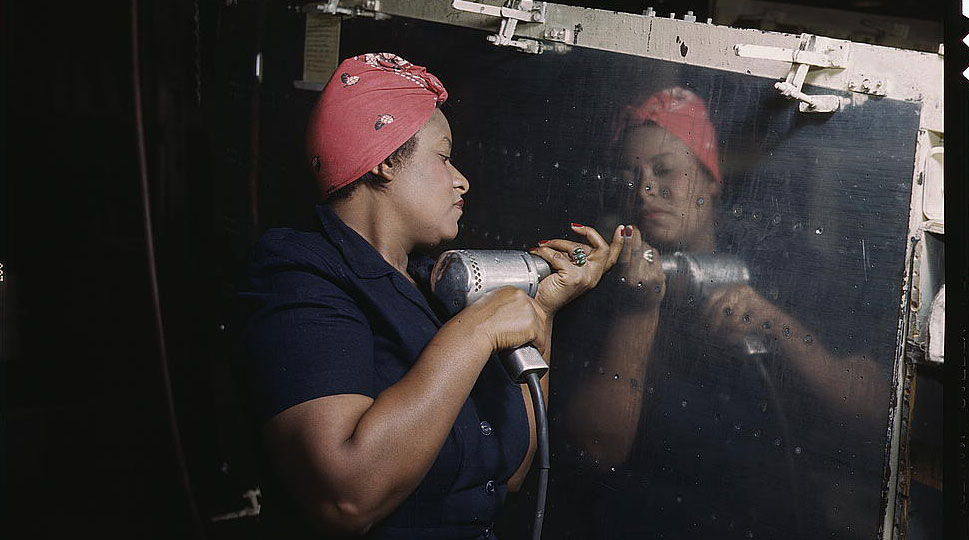
The president of the nation’s largest union is a woman. The president of the nation’s second largest union is a woman. The president of the union that is arguably tied for third in numbers is a woman. And the Secretary-Treasurer of the AFL-CIO, the federation’s #2 job, is a woman.
But beyond Presidents Lily Eskelsen-Garcia of the National Education Association, Mary Kay Henry of the Service Employees and Randi Weingarten of the Teachers (AFT) and AFL-CIO’s Liz Shuler, there’s a big gender gap among labor movement leaders.
And that’s a problem. An important problem.
The lack of female leaders defies the sheer numbers of women at work. Federal data show that of the 157.288 million employed people aged 16 or over (as of July), 73.705 million (46.8%) are women. The Bureau of Labor Statistics also calculates 6.662 million (45.2%) of the nation’s 14.744 million union members last year were women.
It stands to reason, given those figures, that more women should be in the top ranks of organized labor. They aren’t. Including the three union presidents and Shuler, the number of female presidents of the nation’s 60 or so unions – including AFL-CIO unions, independents such as the NEA and the three unions in Change To Win – can be counted on the fingers of two hands. And the recent death of Margaret Blackshere of Chicago, the first woman ever to run a state labor federation, in Illinois, is a reminder of how few women head state feds, too.
Another reason, though unmentioned, is discrimination that slots and pigeon-holes women into traditional “women’s occupations,” which were and are always “lesser-valued.” Look at the four leaders above and you’ll see all three union presidents come from those occupations.
So do the female co-presidents of National Nurses United, Sara Nelson of the Flight Attendants-CWA and Lori Bassani of the independent Association of Professional Flight Attendants, which represents attendants at American Airlines.
All these unions are majority-female, too.
Those dismal numbers fly in the face of empirical studies, in and out of the union movement, showing female-led organizations have better track records of accomplishment, with less friction to boot. In corporations, the measures are both profitability and employee satisfaction. In unions, the measures are in organizing and bargaining successes.
Some unions recognize the gender gap and have strenuously pushed women forward into leadership positions. AFSCME, which is tied for third among overall membership with AFT, has a female Secretary-Treasurer, as do SEIU and the Communications Workers, among others. (AFSCME’s president, Lee Saunders, is African-American, another underrepresented group.)
After Shuler lit into her AFL-CIO Executive Council colleagues on the issue behind closed doors at a meeting several years ago, the fed has lobbied its 56 member unions to push women forward. Shuler, herself, is an exception to the “slotting” rule; she’s an Electrical Worker.
The leadership problem starts at the lower levels. Women in Trades reports fewer than 5% of building trades members are women – and the construction industry is more-heavily unionized than most other economic sectors. Few of its local leaders are women; none of its union presidents are.
And for years, working women were left out of leadership training. The Coalition of Labor Union Women (CLUW) trail-blazes in changing that, running education institutes in sectors of the country for working women. The institutes train them as both organizers and leaders.
Other individual unions are also stepping forward. In their recent report on women in leadership to the Communications Workers convention, Local 2107 President Shannon Opfer and Local 59053 Secretary Cheryl Bacon chastised their colleagues, but also said there’s been some progress on promoting women to the top.
“CWA has work to do in addressing the gender gap in leadership within its ranks,” they wrote. “Women make up a large percentage of our membership, but this percentage is not reflected in its leadership.”
“CWA has worked hard and invested resources to change that,” starting with its 36-year-old Minority Leadership Institute for women and people of color. “Our union and our country is made stronger by continuing to build on our efforts to embrace our diversity and develop leaders that truly reflect our membership,” Opfer and Bacon added.










